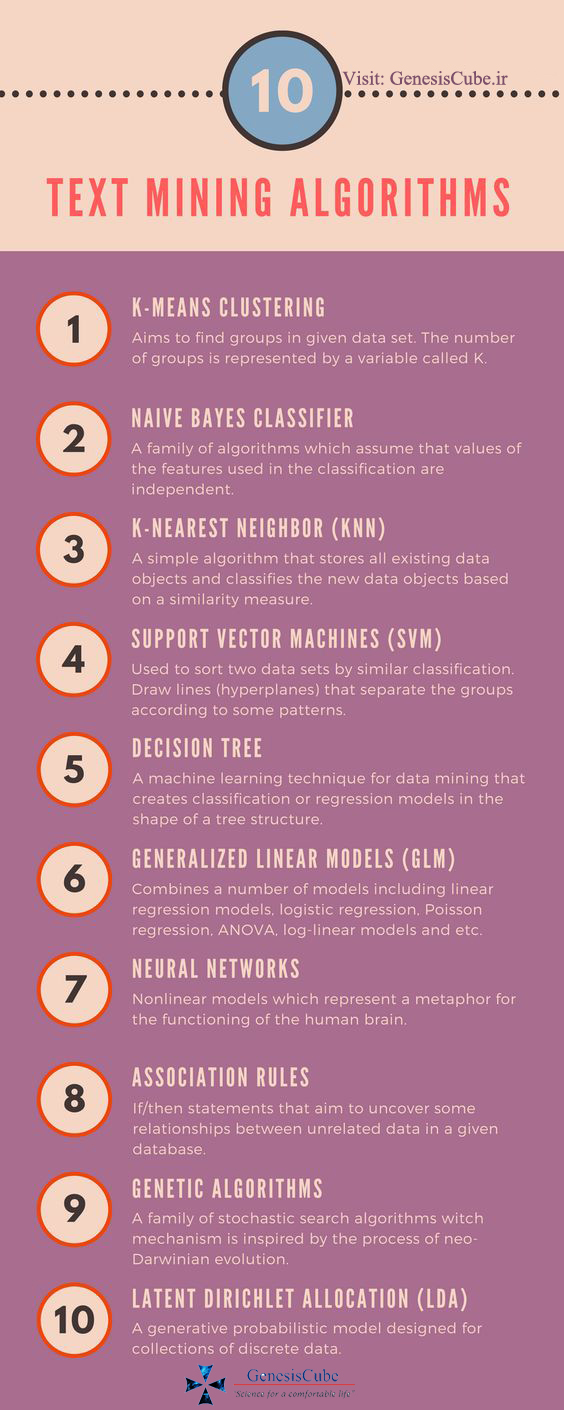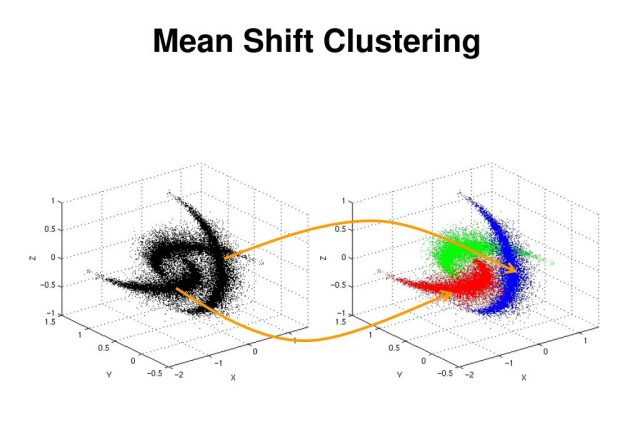What is Text Mining?
Text mining or text analysis, is the process of transforming unstructured text into structured data for easy analysis. Text analysis uses natural language processing (NLP), allowing machines to understand the human language and process it automatically.
The large amount of data generated every day represents both an opportunity and a challenge. On the one side, data helps companies get smart insights on people’s opinions about a product or service. Think about all the potential ideas that you could get from analyzing emails, product reviews, social media posts, customer feedback, support tickets, etc. On the other side, there’s the dilemma of how to process all this data. And that’s where text analysis plays a major role.
This post will go through the basics of text mining, explain its different methods and techniques, and make it simple to understand how it works.
The fundamental steps involved in text mining
- Gathering unstructured data from multiple data sources like plain text, web pages, pdf files, emails.
- Detect and remove anomalies from data by conducting pre-processing and cleansing operations. Data cleansing allows you to extract and retain the valuable information hidden within the data and to help identify the roots of specific words.
- Convert all the relevant information extracted from unstructured data into structured formats.
- Analyze the patterns within the data via the Management Information System.
- Store all the valuable information into a secure database to drive trend analysis and enhance the decision-making process of the organization.
Getting Started
By transforming data into information that machines can understand, text analysis automates the process of classifying texts by sentiment, topic, intent, and businesses are being able to analyze complex and large sets of data in a simple, fast and effective way.
This could help you identify the most popular topics that arise in customer comments, and the way that people feel about them: are the comments positive, negative or neutral? You could also find out the main keywords mentioned by customers regarding a given topic.
At this point you may already be wondering, how does text mining accomplish all of this? The answer takes us directly to the concept of machine learning.
Machine learning is a discipline derived from AI, which focuses on creating algorithms that enable computers to learn tasks based on examples. Machine learning models need to be trained with data, after which they’re able to predict with a certain level of accuracy automatically.
When text mining and machine learning are combined, automated text analysis becomes possible.
Let’s say you want to classify reviews into different topics like UI/UX, Bugs, Pricing or Customer Support. The first thing you’d do is train a topic classifier model, by uploading a set of examples and tagging them manually. After being fed several examples, the model will learn to differentiate topics and start making associations as well as its own predictions. To obtain good levels of accuracy, you should feed your models a large number of examples that are representative of the problem you’re trying to solve.
Methods and Techniques
Information Extraction
In this technique. Information exchange refers to the process of extracting meaningful information from vast chunks of textual data. This technique focuses on identifying the extraction of entities, attributes, and their relationships unstructured texts. Whatever information is extracted is then stored in a database for future access and retrieval. The efficacy and relevancy of the outcomes are checked and evaluated using precision and recall processes. The technique which is useful for analyzing the textual data is Information Extraction.
Information Retrieval
Information Retrieval refers to the process of extracting relevant and associated patterns based on a specific set of words or phrases. This technique makes use of different algorithms to track and monitor user behaviors and discover relevant data accordingly. search engines are the most renowned Information Retrieval systems.
Categorization
This technique is a form of “supervised learning” wherein normal language texts are assigned to a predefined set of topics depending upon their content. Thus, categorization or rather Natural Language Processing is a process of gathering text documents and processing and analyzing them to uncover the right topics or indexes for each document.
Clustering
Clustering seeks to identify intrinsic structures in textual information and organize them into relevant subgroups or ‘clusters’ for further analysis. A significant challenge in the clustering process is to form meaningful clusters from the unlabeled textual data without having any prior information on them.
Cluster analysis is a standard text mining tool that assists in data distribution or acts as a pre-processing step for other text mining algorithms running on detected clusters.
Word frequency
Word frequency can be used to identify the most recurrent terms or concepts in a set of data. Finding out the most mentioned words in unstructured text can be particularly useful when analyzing customer reviews, social media conversations or customer feedback.
Collocation
Collocation refers to a sequence of words that commonly appear near each other. The most common types of collocations are bigrams (a pair of words that are likely to go together, like get started, save time or decision making and trigrams (a combination of three words, like within walking distance or keep in touch).
Identifying collocations and counting them as one single word improves the granularity of the text, allows a better understanding of its semantic structure and, in the end, leads to more accurate text mining results.
Concordance
Concordance is used to recognize the particular context or instance in which a word or set of words appears. We all know that the human language can be ambiguous: the same word can be used in many different contexts. Analyzing the concordance of a word can help understand its exact meaning based on context.
Summarisation
It refers to the process of automatically generating a compressed version of a specific text that holds valuable information for the end-user. The aim of this technique is to browse through multiple text sources to craft summaries of texts containing a considerable proportion of information in a concise format, keeping the overall meaning and intent of the original documents essentially the same. Text summarisation integrates and combines the various methods that employ text categorization like decision trees, neural networks, regression models, and swarm intelligence.
Importance of Text Mining
Due to the enormous amount of information available in electronic form, text databases are expanding quickly. Over 75% of the knowledge available today is unstructured or somewhat loosely arranged. The growing volume of text data makes outdated information retrieval methods ineffective.
As a result, text analysis is now a crucial and widely used component of data mining. In practical application domains, identifying appropriate patterns and analyzing the text document from the enormous volume of data is a significant challenge.
Text Mining Algorithms Infographic

Recommended for you:
Principal Component Analysis
Concepts of Data Science




MOST COMMENTED
Tutorial
Important Methods in Matplotlib
Machine Learning
Bias and Variance Tradeoff Machine Learning
Tutorial
Multiclass and Multilabel Classification
Machine Learning
Reinforcement Learning in Machine Learning
Deep Learning
Alexnet Architecture Code
Machine Learning
Machine Learning Models Explained